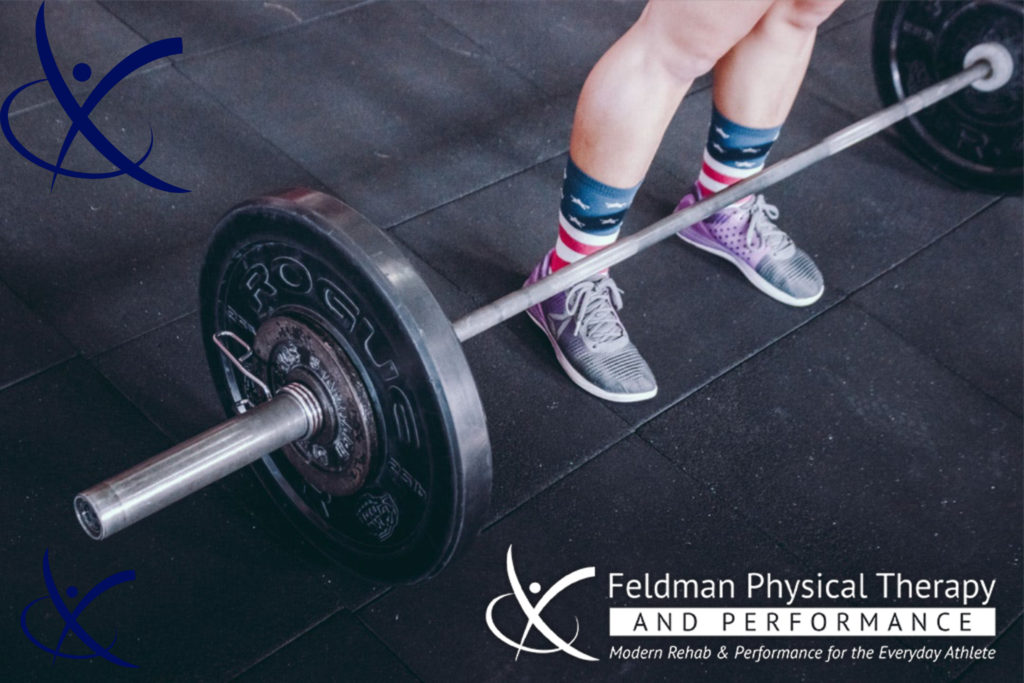Youth Strength Training
Should My Child Be Strength Training? Let’s bust some myths.
There is something about the title that may make you wince. That’s probably because of the misinformation that you have been fed over the years. More than likely, you’ve heard that strength training may “stunt your child’s growth” or “weightlifting is unsafe for children.” Resistance Training (strength training, weight lifting & plyometric activity) has been criticized in the youth & adolescent population secondary to a general census study performed in the 1970’s and 1980’s. The survey conducted examined how many youth and adolescent athletes were seen in the emergency room for “training related injuries.” What the study lacked was examination of the variables behind the youth injuries.
Since that time, published research has examined the effects of resistance training on youth and adolescent populations. What has it found? Resistance training is no more detrimental to a child’s health when compared to running, jumping and playing games on a school playground. So, why aren’t we training children sooner?
It’s time to change the stigma regarding childhood resistance training. No, weight lifting will not stunt your child’s growth. It has been proven to help children develop increased bone mineral density, improve cardiovascular health and has been a positive method to aid in decreasing childhood obesity. It is also beneficial to a child’s development as it helps them improve motor skills and coordination! I won’t get into the science behind it, but all you need to know is it is beneficial when done with proper guidance and supervision. So, at what age can a child start?
Once a child is old enough to follow directions and join organized sports, they are considered old enough to begin a resistance training program. Obviously, all children are different; however, if we look at the general demographics, this means anywhere from six to eight years old. There is variability among children regarding maturity levels and growth factors, all of which need to be a part of the decision-making process when implementing a resistance training program. So, what else needs to be considered?
Let’s compare a playground to a weight room. How closely do parents watch children running around a playground to make sure they do not get hurt? Pretty intently, right? Prior to going to that playground, a child should know about manners and have some knowledge of right and wrong. When a youth athlete enters a weight room, the same amount of supervision and pre-education is required. Just as on the playground, a weight room is full objects that can be harmful to an individual without knowledge of “right and wrong.” One of the biggest failures seen in childhood resistance training is a lack of knowledge of the performer, which results in poor results and injury.
Children and adolescents are apt to get hurt when supervision fails. This is one reason why resistance training in children has been criticized. In the world of resistance training, children & adolescents sustain injuries when not supervised and when the supervising individual does not know enough about training guidelines. Most youth children are at varying developmental milestones. It is important for coaches, trainers and parents to understand that just because one child can perform a proper squat or dead lift, not all children will be able to and variables will have to be modified. Successful resistance training programs in the youth population must be guided by a well-educated individual who has experience in the act of training young individuals.
With the amount of childhood sports related injuries on the rise, and the number of children overweight grows, shouldn’t we be looking to options to decrease these numbers? Resistance Training not only helps children to develop improved movement patterns, but can also be a gateway for weight loss, social interaction and improved overall wellness. What do I want you to take away from this post? Youth and adolescent strength training is SAFE as long as it is done with proper programming and supervision.
If you have any questions regarding finding qualified individuals to assist in training a child or adolescent, please do not hesitate to reach out to us! We work with youth athletes on a regular basis trying to restore or improve their performance standards!
Ashley Witson, PT, DPT
